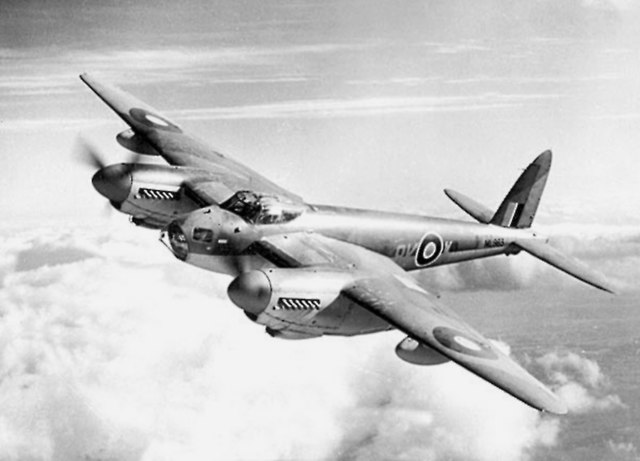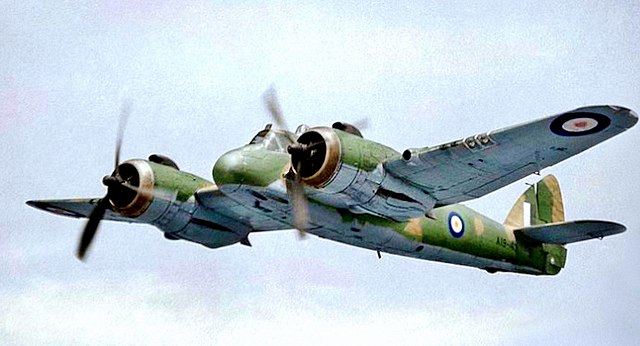The Kawasaki Ki-45 Toryu was a two-seat, twin-engine heavy fighter used by the Imperial Japanese Army in World War II. The army gave it the designation "Type 2 Two-Seat Fighter" ; the Allied reporting name was "Nick". Originally serving as a long-range escort-fighter, the design — as with most heavy fighters of the period — fell prey to smaller, lighter, more agile single-engine fighters. As such, the Ki-45 instead served as a day and nighttime interceptor and strike fighter.
Kawasaki Ki-45
Kawasaki Ki-45 KAIc Army Type 2 two-seat fighter Model C of the 53rd Hiko Sentai
Remains of the only surviving Ki-45 KAIc, on display at the Steven F. Udvar-Hazy Center in Chantilly, Virginia, with a Schräge Musik-type vertical cannon mount behind the cockpit
Abandoned Ki-45s of the 71st Dokuritsu Hiko Chutai at Kallang Airfield, Singapore, in September 1945.
A heavy fighter is a historic category of fighter aircraft produced in the 1930s and 1940s, designed to carry heavier weapons or operate at longer ranges than light fighter aircraft. To achieve performance, most heavy fighters were twin-engine, and many had multi-place crews; this was in contrast to light fighters, which were typically single-engine and single-crew aircraft. In Germany, these larger fighters were known as Zerstörer ("destroyer").
A de Havilland Mosquito FB.VI fighter-bomber used for testing rocket armament
The Potez 633, a light-bomber variant of the 63 series
A Messerschmitt Bf 110 in flight
Bristol Beaufighter








